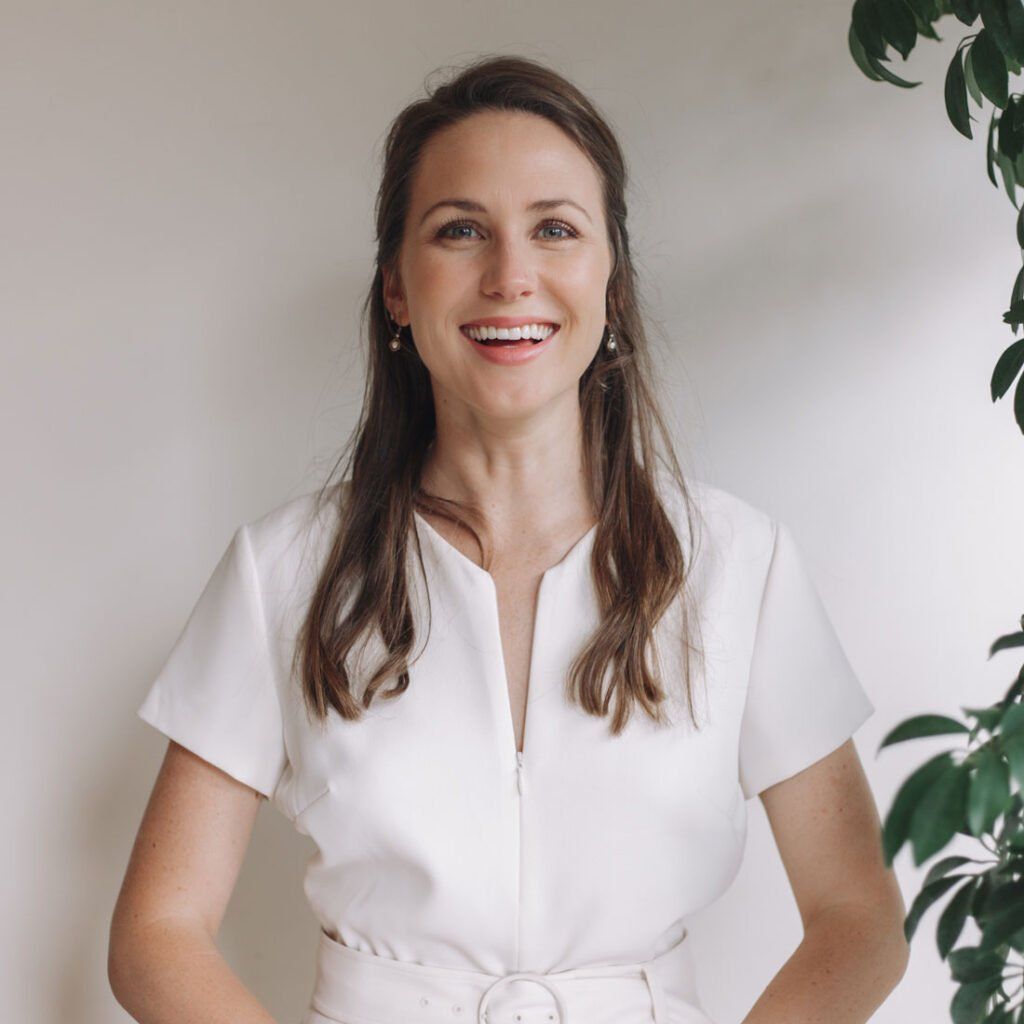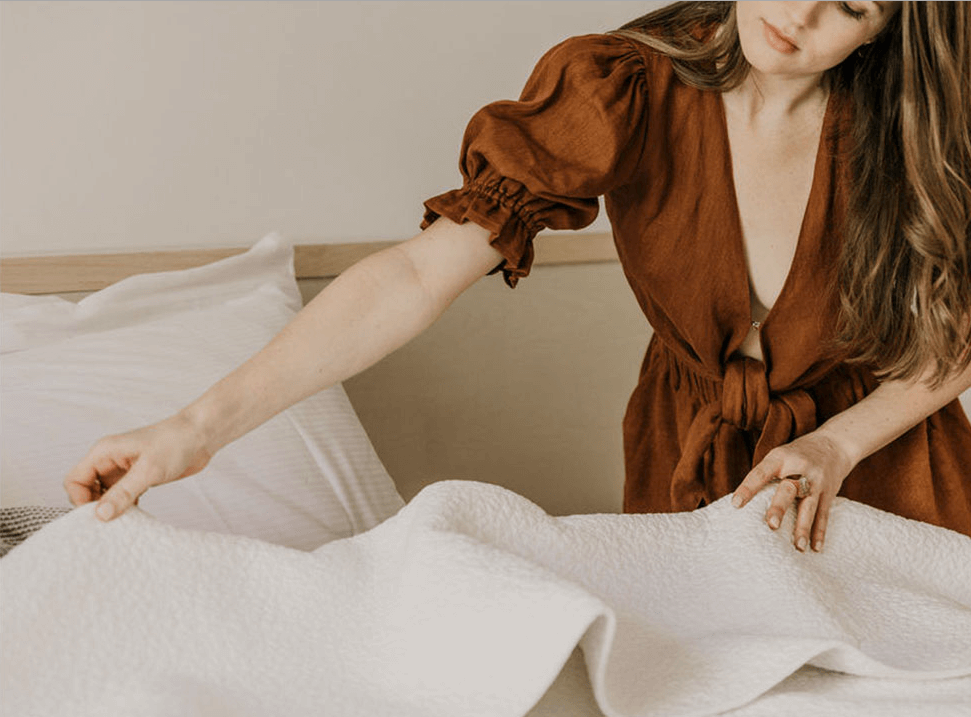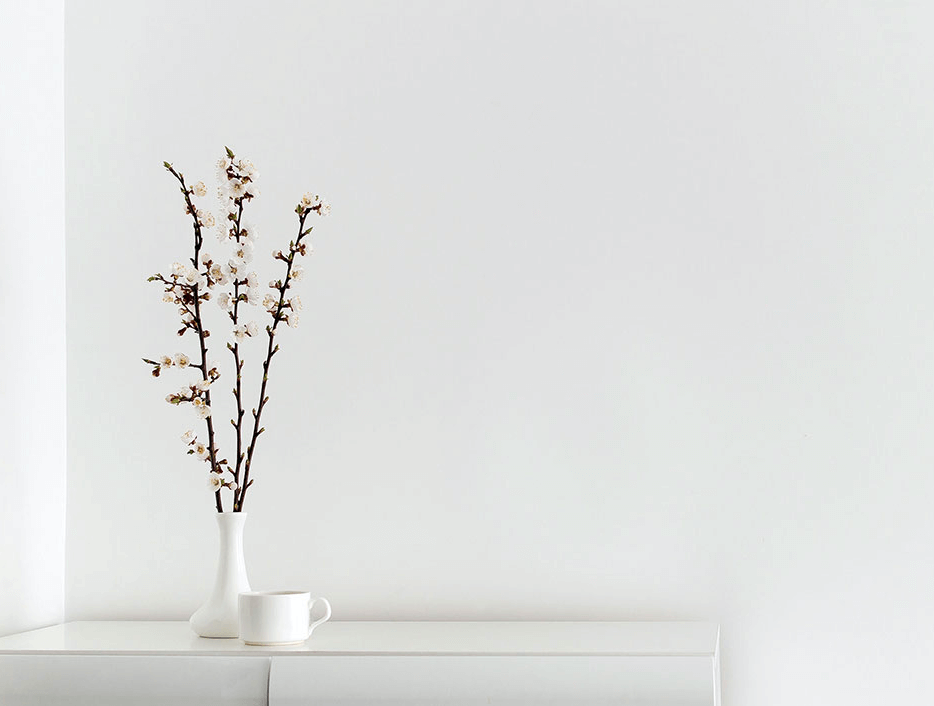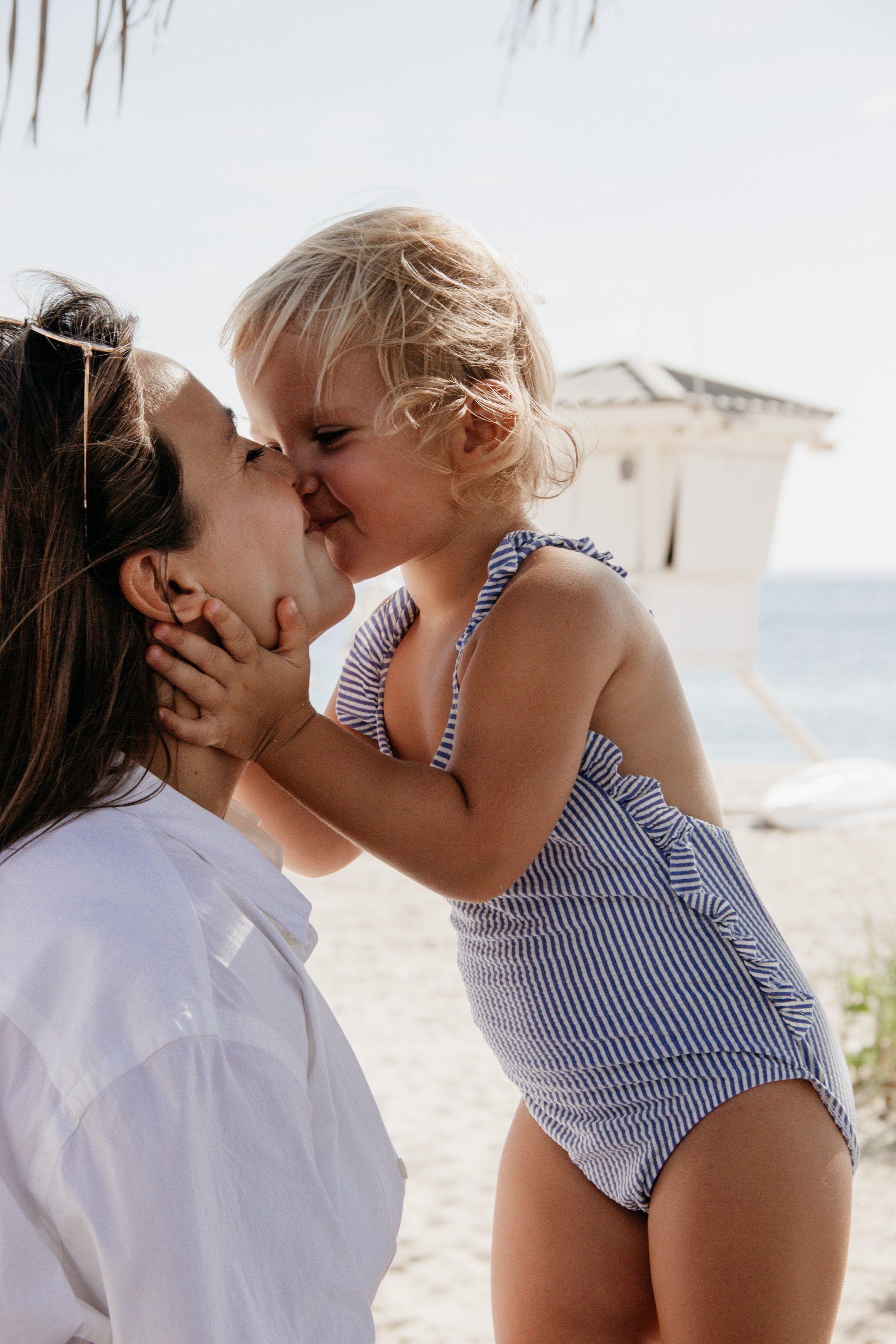It’s estimated that between 2 and 5 per cent of Australian adults are living with hoarding disorder, with the condition tending to become more problematic in older age. In fact hoarding is twice as common as obsessive-compulsive-disorder, most commonly known as OCD. But before you start worrying that you have a hoarding disorder, let’s get the facts straight.
Decluttering Tips For Hoarders
What is a hoarding disorder?
A hoarding disorder is when the individuals “stuff” starts to interfere with their ability to function and degrades their quality of life. For example, they might become distressed when trying to let things go; cannot leave the house; and unable to live a normal life.
Hoarding can also be classified as a disorder when living areas become so cluttered that they prevent the homeowner from using the space which it was originally designed. For example, kitchen benches and cooking areas become covered with so much stuff that the homeowner can no longer make meals. Or a shower stacked with boxes can no longer be used as a shower.
What kinds of “stuff” do hoarders keep?
Hoarders can hold onto a range of items from baskets, magazines, pens and even pets. But it’s important not to define hoarding by the types of objects, hoarding is the inability to let anything go. It is a misconception that hoarders only keep “worthless” things like bottle tops and old newspapers, anything can be hoarded.
Psychologist Randy Frost, author of “Stuff: Compulsive Hoarding and the Meaning of Things” , recalls homes of hoarders full of clothes with tags on and small unopened electrical products.

Image from Sparefoot.com
Decluttering will not fix the problem, hoarding is a mental disorder and requires professional help.
Why does a hoarding disorder start?
There can be a multitude of reasons why people start to hoard. It could be a symptom of another disorder, such as OCD, anxiety or depression. It could be sparked by a life trauma, such as losing a loved one, or a tendency handed down from parents.
Interestingly Frost says that most hoarders tend to be perfectionists, highly concerned about making mistakes, and often that fear of making mistakes leads them to avoid things like discarding or passing up a purchase that they perhaps don’t need.
What if I have a lot of “Spark Joy” items, am I a hoarder?
Unless you meet the above criteria, you are likely not a hoarder. However, it is important to note that we all feel connected to our possessions, (they spark us joy right!), yet people who hoard closely link their identity to the things they own, very different to a simple feeling of joy.
The value we place on items can be broken into three categories;
Sentimental
Sentimental, just like in the KonMari Method, we place value on the item because it reminds us of something.

Instrumental
Instrumental value is the “usefulness” we place on an item. These items can make or provide us to have something we value, such as a bottle opener because we value opening and drinking bottles of wine! Most hoarders overvalue the usefulness of items, for example, they may see a toilet roll as being very useful and create reasons to keep it, where most of us see it as the recyclable waste.
Intrinsic
The intrinsic value of an item is the value we place on items with no connection to its usefulness. These are an item that brings us joy because of their beauty or our interest in them. Hoarders see intrinsic qualities in things we would find completely mundane, such as bottle tops and cannot possibly considering parting with them because of their beauty.
Tips to curb hoarding tendencies
If you or someone you know is suffering from a hoarding disorder the first step is to seek professional advice. Visit a GP and connect with a mental health practitioner in your area. Decluttering will not fix the problem, hoarding is a mental disorder and requires professional help (see links below).
If you are not quite ready to seek medical help, but you know you have a tendency, there are steps you can take.
Start curbing the problem:
- Unsubscribe to subscriptions and ‘free” material.
- Add no junk mail signs to the letterbox.
- Focus on maintaining a living routine, such as washing dishes, taking out the trash, getting of the house for a walk.
- Remove items from the house you find easy to discard. Put the KonMari “categories” method to the side and focus on removing things you know don’t add value to your life.
- Scale down collections. If you have kept all of your school reports try keeping just one or two and discarding the rest.
- Celebrate every time you let go of an item. Reward and recognition drives positive behaviour.
- Use relaxation and meditation practices to easy any anxiety throughout the process.
- Keep a journal, write down what you are going through. Writting troubles down is better than bottling them up inside.
- Surround yourself with friends and family. If letting go of items stirs up feelings of worry and anxiety it’s important we surround ourselves with a good support network.

Where to from here?
If you or someone you know needs help for hoarding disorder there is Hoarding Disorder Program in Australia , visit Lifeline for details.
For more information;
- Visit the International OCD Foundation
- Watch Mayo Clinic Radio interview with psychologist Dr. Craig Sawchuk.
- Listen to ABC “All In The Mind – The psycholohy of hoarding” episode










